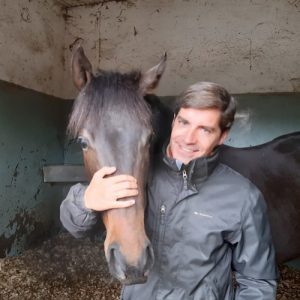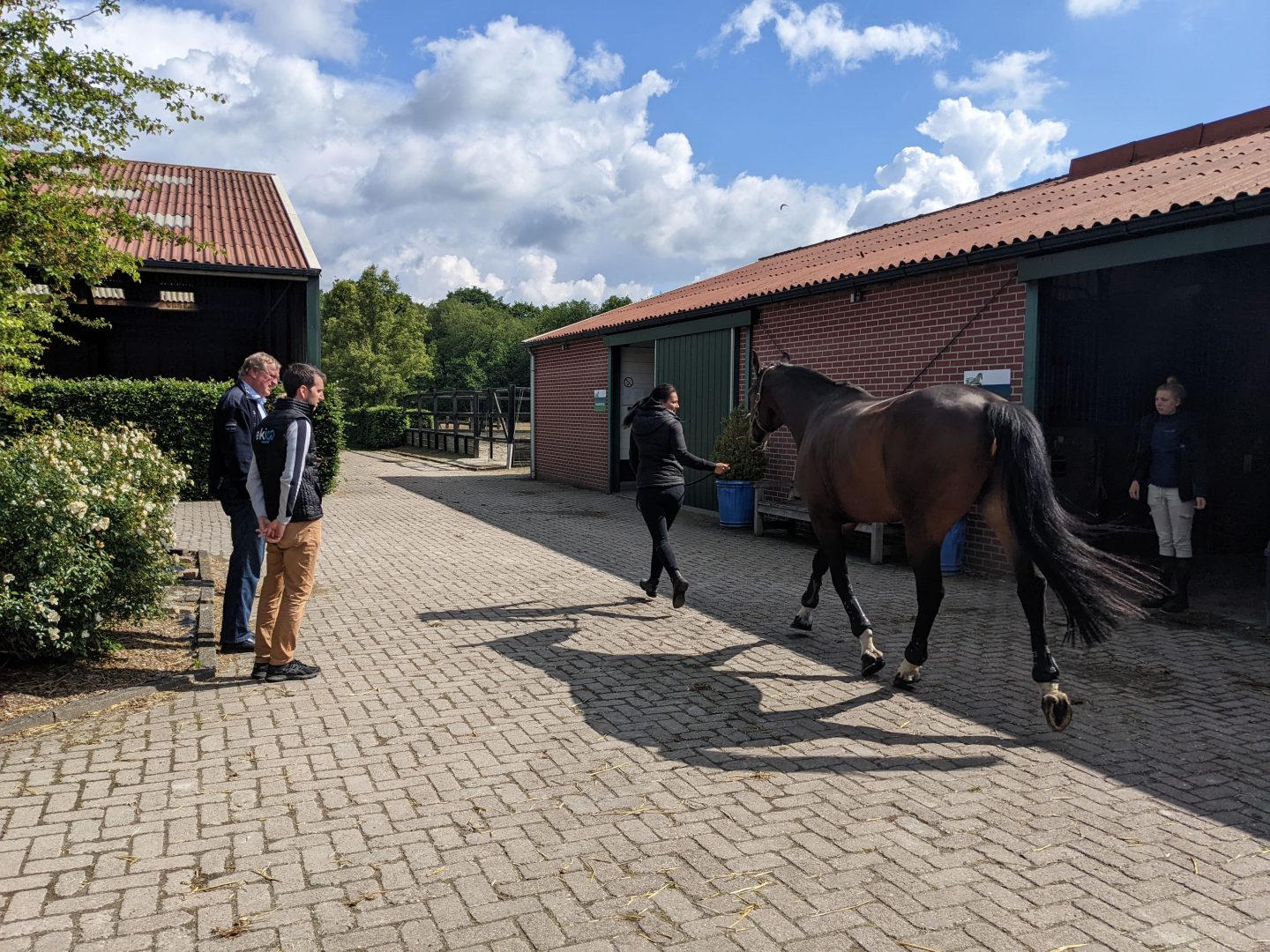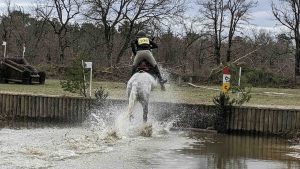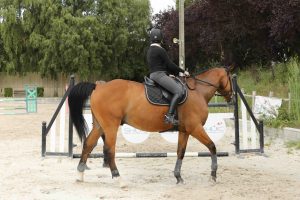
This interview was conducted with Dr. Gonzalo de la Peña Gispert.
Based in Ibiza, Spain, Dr. Gonzalo de la Peña Gispert specializes in monitoring horse locomotion and detecting lameness.
Equipped with Tendiboots™ connected boots, he shares with us how this technology is a good tool for him for equine practitioners, and what the owners of the horses he examines think.
Objective data at the service of the equine veterinarian
In his practice, this Doctor of Equine Veterinary Medicine considers objective data as a real support in addition to his expertise. These provide information on the movement of the horse in a realistic and factual way.
Adapted to the imperatives of the field as a veterinarian with a mobile activity, the Tendiboots™ easily provide data very visual during orthopedic consultations.
This easy-to-understand data is contextualized by the veterinarian and shared with owners who simply understand the expert's observations.

The customer illustration for equine veterinarians
For Gonzalo, this data is also a good mean for communicating with horse owner who do not always have the ability to observe the same things as him on their horses.
Whether in the context of the purchase visit, the detection of lameness or the follow-up of the sport horse.
It may be difficult for non-experts to perceive asymmetries, subtle lameness or even to detect changes in locomotion during diagnostic anesthesia, for example.
The data contribute to more understanding and more confidence according to Dr. De la Peña Gispert. These are elements of reassurance for the owners and the veterinarian himself as he testifies:
"Even when there is no doubt about our visual observations, the data from the connected boots makes it possible to confirm and objectify what we as veterinarians detect subjectively thanks to our experience or our intuition."
Objectifying his observations, to make them more understandable to his customers, is one of the reasons for integrating technology into Gonzalo's equine practice.
For the practitioner, his conclusion is clear, he does not perceive any disadvantage in relying on this connected tool to support him in his illustration with the customers of the horses for which he is responsible.

For the Spanish veterinarian, diagnostic aid tools such as radiography and ultrasound are available to professionals to improve the care of horses, to improve the early detection of locomotor disorders in horses or to allow the prevention of poor performance, for example. According to him, there is no advantage in depriving oneself of these assistances to improve the care of the horses.
Owners and veterinary technologies
The feedback from veterinarians equipped with Tendiboots™ are without appeal. Owners welcome technologies dedicated to a better monitoring of their horses with curiosity.
They particularly appreciate the level of information and understanding that technology brings to traditional consultations.
As explained by Gonzalo, these factors increase trust between clients and veterinarians.
During his consultations, the data is shared directly with the owners from the device on which Gonzalo records the horse (Smartphone or iPad). The data is interpreted by the veterinarian and explained to the owners who understand the practitioner's observations with the data:
"By sharing the data collected, owners take part in the examination of their horses. They therefore better understand the diagnoses and are reassured."

"For example, I can be confronted with clients who emotionally have a biased vision of their horse. Because they have known it by heart for years, because they notice the asymmetries in everyday life, at work, etc.
Despite the consideration of this information in my diagnostic research, as a veterinarian, I must also observe things clinically, which the owners do not know how to do.
Sometimes they can be a little skeptical because the clinical observations do not correspond to their feelings with their horse or to the perception they have of their horse.
The connected boots are in this case an aid for the professional to show factually how the horse works and/or how it has evolved.
New technologies are found in all spheres of our lives, in our daily lives, and people have confidence in them."
Technology replacing the equine veterinarian?
For Dr. de la Peña Gispert there is no doubt, technology is not able to replace the veterinarian and does not represent any form of threat in his practice.
Experienced in equine veterinary medicine, the professional cannot be substituted for tools that only take into account some specific points of the horse.
"Even if everyone could equip themselves with technologies dedicated to veterinarians, I have no worries about the fact that this could replace the expertise acquired by knowledge of veterinary medicine. Definitely technologies are for me an opportunity for practitioners Nothing can replace clinical examination, veterinary medicine, examinations, palpations etc. but the tools improve the degree of information that we can obtain.
So why deprive yourself of it?"




